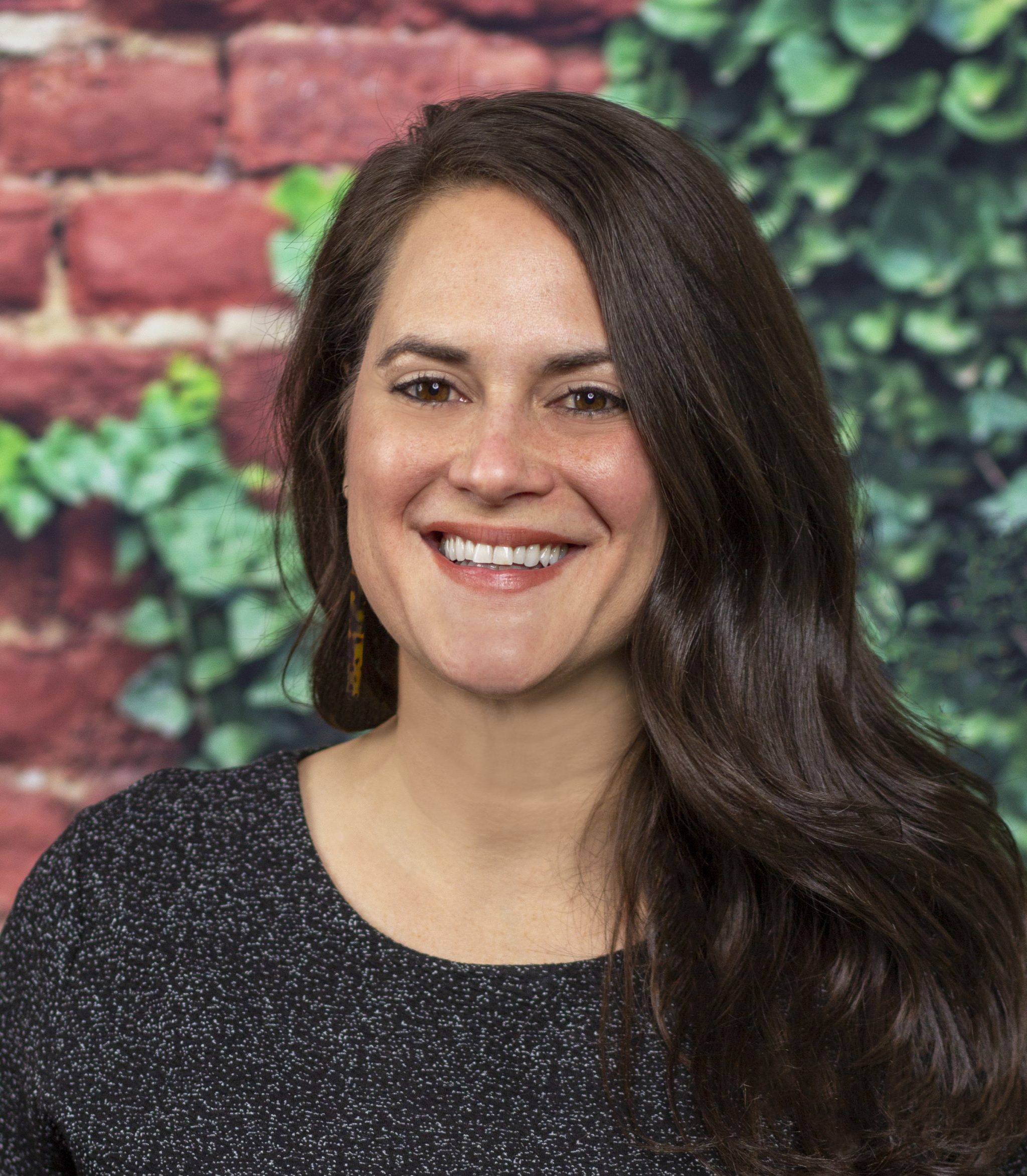 By Michelle Hartman, Communications Director
By Michelle Hartman, Communications Director
Steele Creek, North Carolina, US
Centering Discipleship Book Club: Session 2
In case you missed it, you can read the introduction to this book club here, and you can read the first session here.
Looking for more insight into how discipleship becomes both communal and contextual? Listen to our interviews with Centering Discipleship author E.K. Strawser on the GC Podcast.
Developing a Discipleship Pathway
In Session 2 of the Centering Discipleship Book Club, we move from vision to design. We will build on our foundation from Part 1: Centered-set and Bounded-set Dynamics. And now we explore how to develop a local, contextual discipleship pathway rooted in both universal practices and the unique identity of your church.
In this session, you’ll reflect on what maturity looks like in your context, identify essential discipleship ingredients, and begin to sketch a pathway that forms people toward Christlikeness in community and mission.
Session 2 Teaching Video
Before engaging with reading please watch this teaching video introducing the framework and key ideas from Chapters 4–6: Watch the video
Key Concepts
Chapters 4–6 of Centering Discipleship challenge us to think beyond copy-paste models of formation. Discipleship is not a franchise — it’s more like local cuisine. While universal elements (like Scripture, mission, and imitation of Christ) anchor every pathway, the form it takes must reflect your church’s culture, people, and needs.
Healthy Discipleship Pathways are:
-
- Meaningful — They answer real questions and feel relevant.
- Formational — They shape identity and habits, not just beliefs.
- Communal — They are done in shared life, not isolation.
- Renewal-oriented — They equip people for local mission.
- Rhythmic — They create repeatable, sustainable practices.
Discipleship practices should also be filtered through three key questions:
-
- How does Jesus address this?
- How do I address this?
- How does our community address this?
Session 2 Webinar Resources
Download the Slide Deck:
Session 2 PowerPoint — Developing a Discipleship Pathway
Download the Participant Guide:
Session 2 Participant Guide
Activity:
At the end of the slides, you’ll reflect on two key areas:
-
- Markers of Maturity: What does spiritual maturity look like in your context?
- Assumptions and Culture: What beliefs and behaviors currently shape how people are formed?
These considerations will help you move from abstract ideas to grounded insight into how your church is already discipling — and where it needs to grow.
Homework: Build Your Draft Pathway
As your takeaway from Session 2, you’re invited to begin drafting a discipleship pathway using the framework introduced in the webinar. This tool includes:
-
- 5–7 Discipleship Essentials that reflect your local church’s vision
- The Tools or Rhythms used to cultivate those essentials
- 2–3 Marks of Maturity that indicate growth in each area
During the next phase, we’ll work on refining and integrating it into a whole-church rhythm.
We’d love to hear from you! As you engage with Centering Discipleship, drop a comment below and share one of the following:
-
- What’s one discipleship essential you’ve identified in your congregation — and how is it already being nurtured?
- What’s one shift (in mindset, structure, or rhythm) you think your church needs to make for deeper formation?
- Which phase of the pathway feels most developed in your church — Explore, Commit, Practice, or Multiply? Which needs attention?
We’re excited to walk alongside you as you center discipleship in your congregation’s culture. Look for session 3 in the October issue of Equipper.



Please note that comments are moderated. Your comment will not appear until it is reviewed.